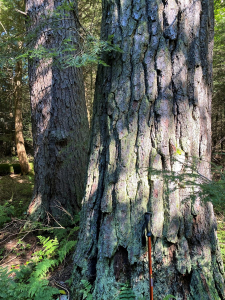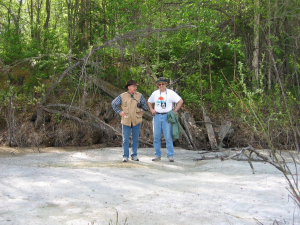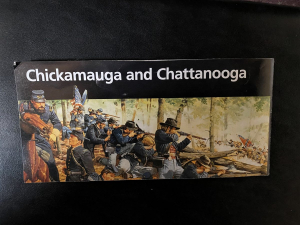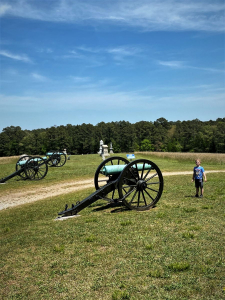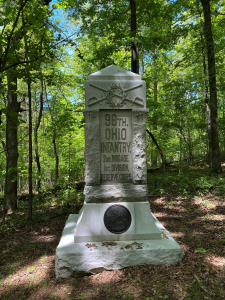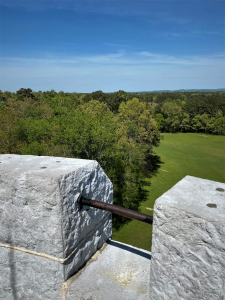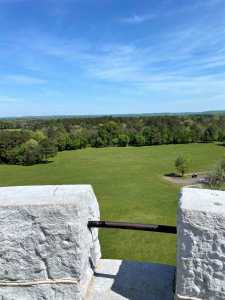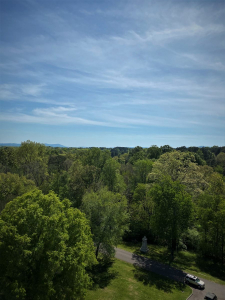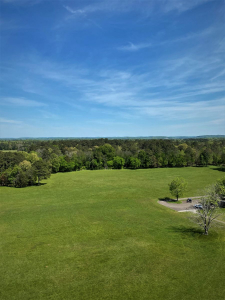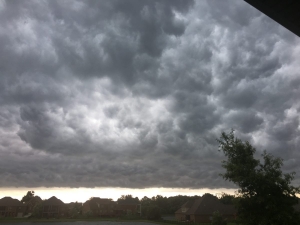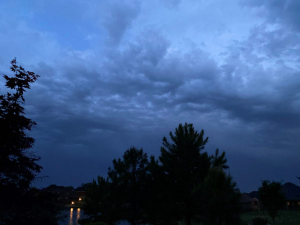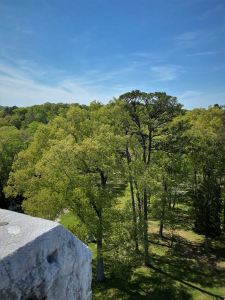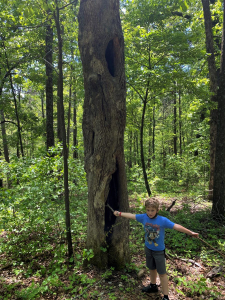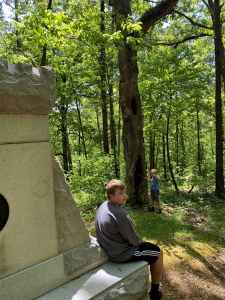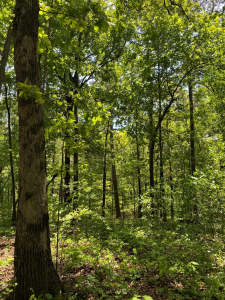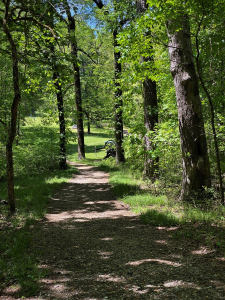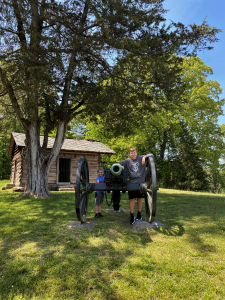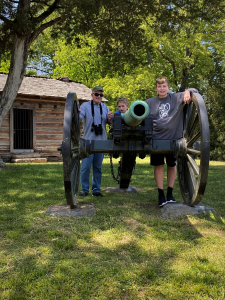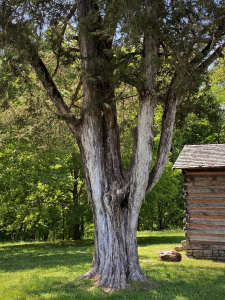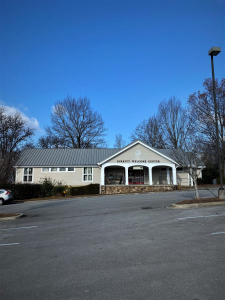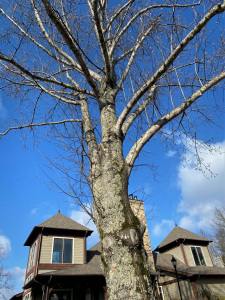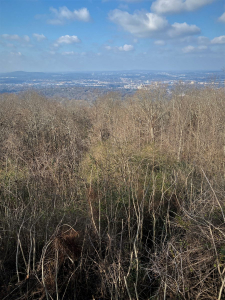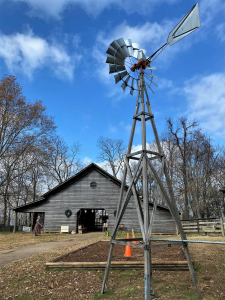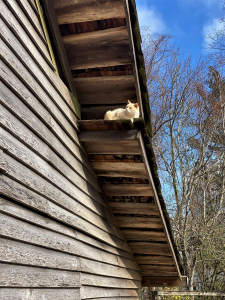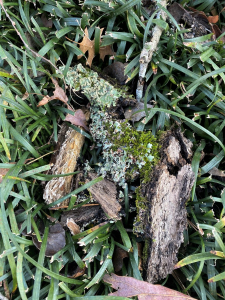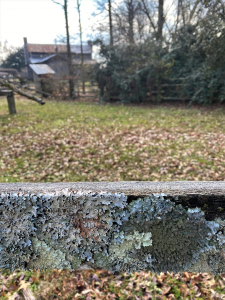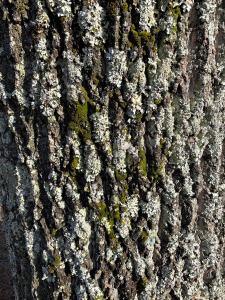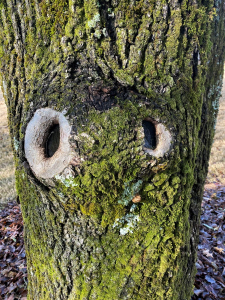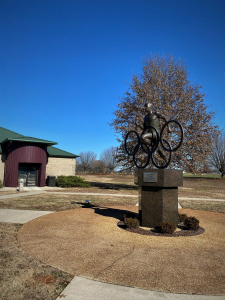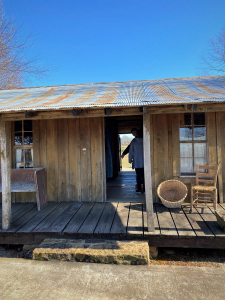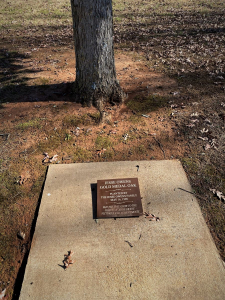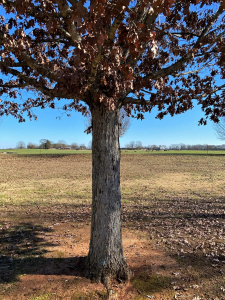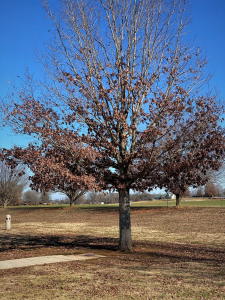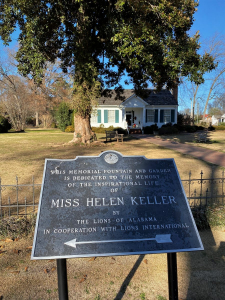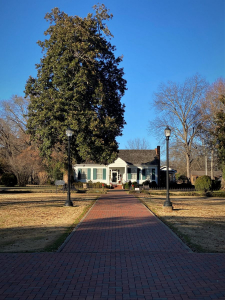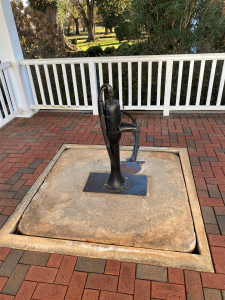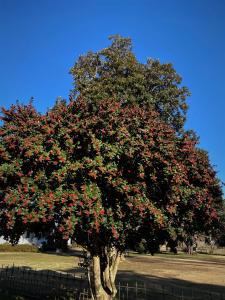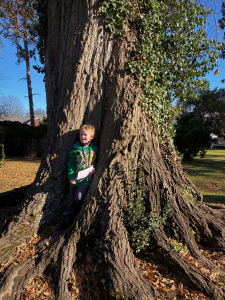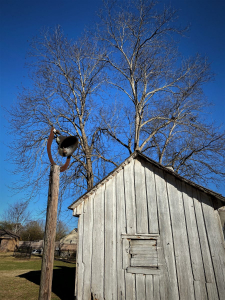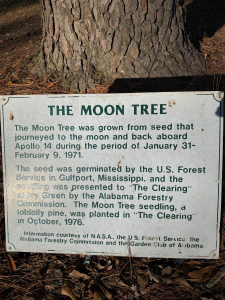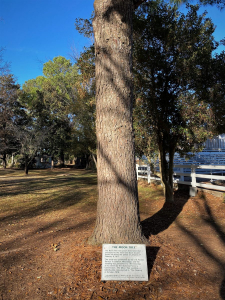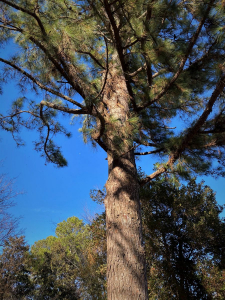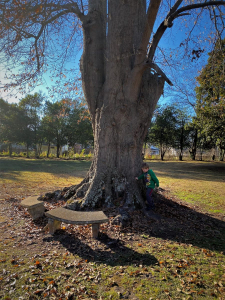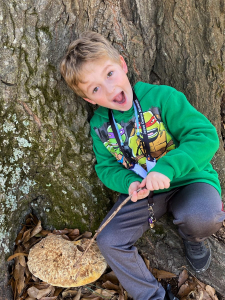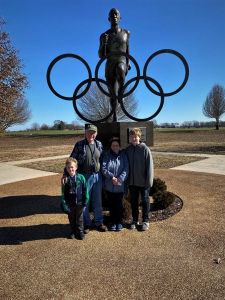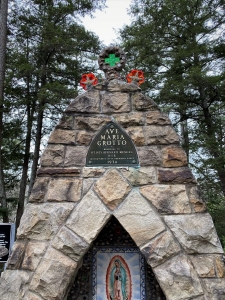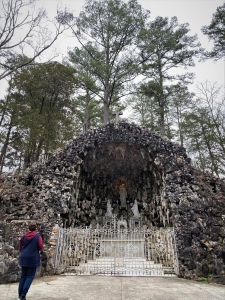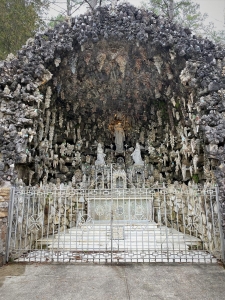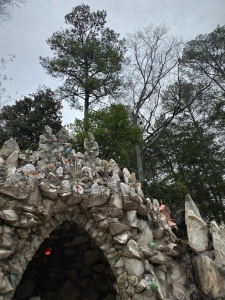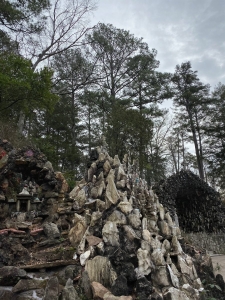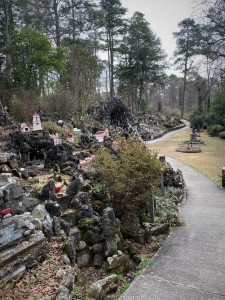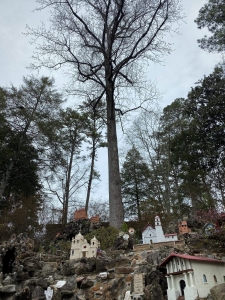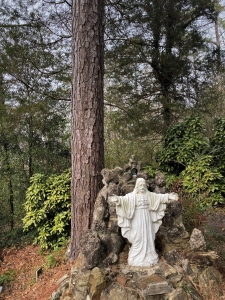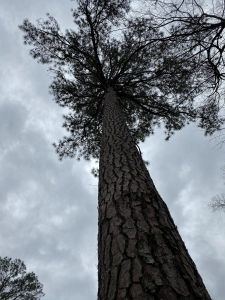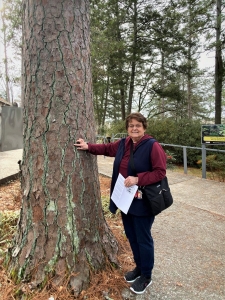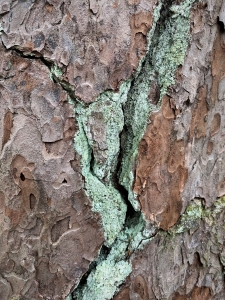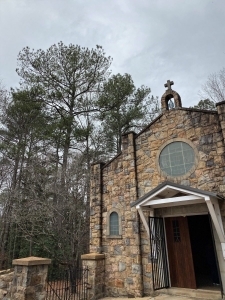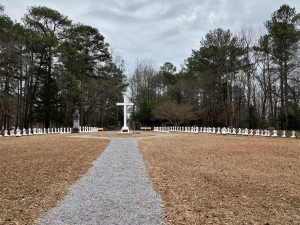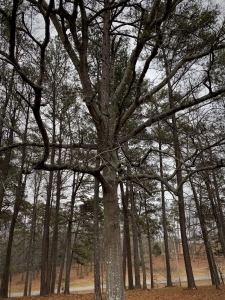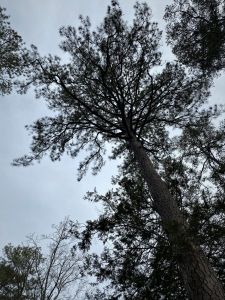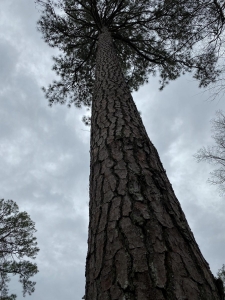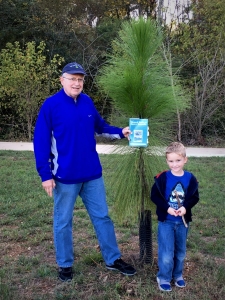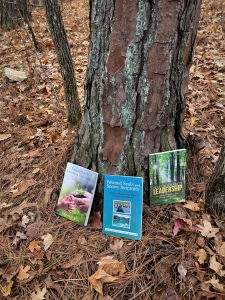Continued Progress on Monte Sano State Park Wells Memorial Trail Video
November 7, 2021, retired videographer Bill Heslip and I recorded B-roll video for our summer 2022 17-20-minute video project to present the Land Legacy Tale of the Wells Memorial Trail at Monte Sano State Park near Huntsville, Alabama. I’ve published prior Posts on this remarkable story of 40 acres gifted and memorialized for William Arthur Wells, a local boy, a former Civilian Conservation Corps worker on what is now the Park, and a Navy Sailor who perished in the October 1944 Battle of Leyte Gulf: https://stevejonesgbh.com/2021/10/05/contemplating-a-video-tale-of-the-william-arthur-wells-memorial-trail-monte-sano-state-park/
Don’t look for a lot of detail with this current Post. My purpose is to capture the autumnal beauty and diversity of this special place. Bill and I timed our visit perfectly (fortuity and serendipity prevailed) for fall glory.
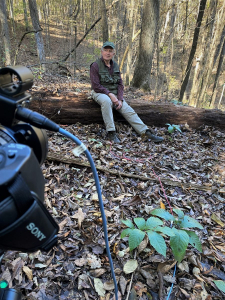
Low angle sunlight, a yellowing forest canopy, and thinning foliage allowed forest floor illumination and depth of field.
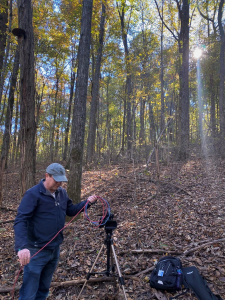
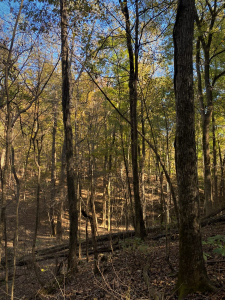
Everywhere I looked revealed a Kodak-moment! As Bill recorded, I relished having the time to look around as well as up and down.
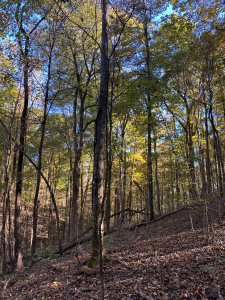
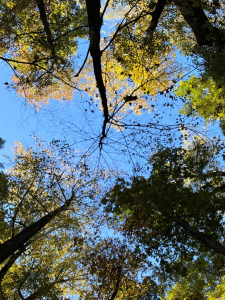
I never tire of putting my five essential verbs of forest enjoyment to practice: Believe, Look, See, Feel, and Act.
- I find Nature’s Lessons because I know they lie hidden within view — belief enables me to look and see
- Really look, with eyes open to my surroundings, external to electronic devices and the distractions of meaningless noise and data
- Be alert to see deeply, beyond the superficial
- See clearly, with comprehension, to find meaning and evoke feelings
- Feel emphatically enough to spur action
Too infrequently woods-walkers hurry through the forest intent only upon reaching a destination. I prefer walking in the forest to experience the beauty, magic, wonder, and awe that lie hidden in plain sight.
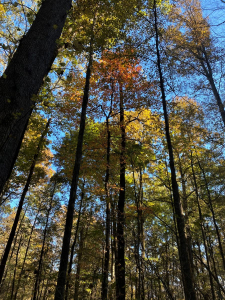
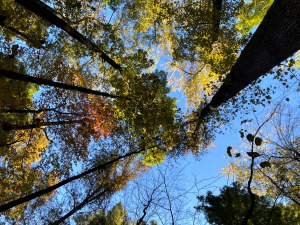
The special conditions, and the luxury of time to immerse completely, opened all five of my portals: body, heart, mind, soul, and spirit. I floated through the canopy!
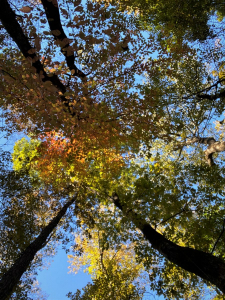
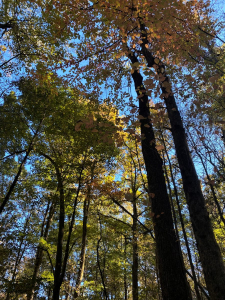
Bill sought images both ordinary and unusual. This 18-inch diameter hickory had nearly blown over perhaps a decade ago. I say “nearly” because some neighbor tree held fast, halting the hickory before its roots had completely broken free. The tree still lives, and each year it better secures its 40-degree-lean anchorage. Will it survive this winter; the next summer thunderstorm; the next decade; longer?
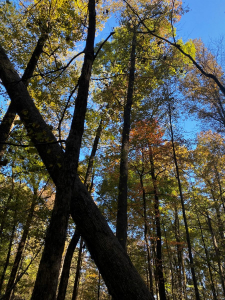
Bill captured the B-roll video, not knowing whether or how he might employ the footage.
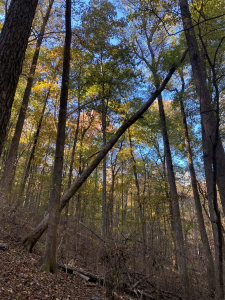
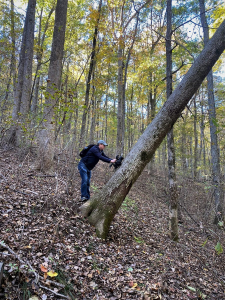
Shagbark hickory offers deep texture among the world of tall straight trunks of species with smooth-barked boles.
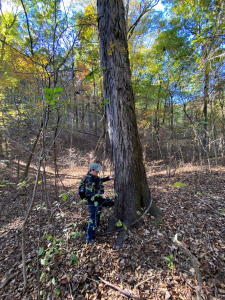
Life and Death in the Forest
Vibrant forces within this dead standing hickory are at work to return its mass to the soil. Bill is filming the diverse mushrooms that align its vertical trunk. Mushrooms are the spore-producing structures of the decay fungi breaking down the wood, eventually weakening the structure that has held the tree erect for decades. The dead hickory lifts into the canopy from the upper right corner of the image below right. Note its spindly top, the reult of death already bringing its upper branches to the ground.
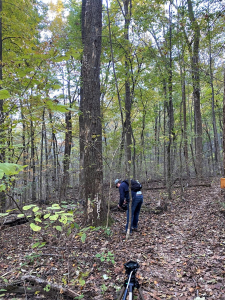
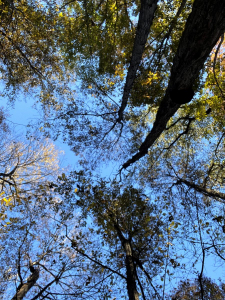
I’ve preached incessantly to Bill and others who will listen, that life and death engage without end in our forests. We want the video to honestly represent that all is not peace, tranquility, and blissful life in the forest…that competition among trees is fierce…that essential resources of light, moisture, and nutrients are finite. What one tree acquires is unavailable to another. The winner evidences no remorse; to the victor go the spoils. Individual trees have no need to consider diversity, equity, and inclusion as they go about the business of thriving, surviving, and sustaining their lineage. Below Bill is documenting the continuing cycle of life, death, renewal, and recycling.
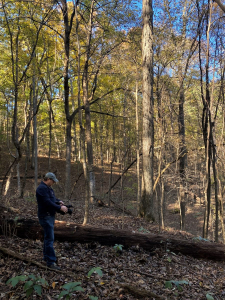
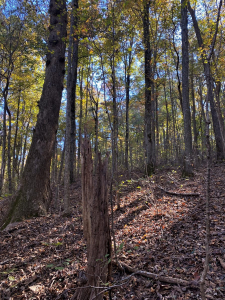
Fungi act as ubiquitous decomposers, their mushrooms sprouting from the end of a dead trunk cut to clear the trail (below left) and from a downed branch (right).
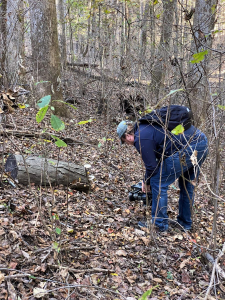
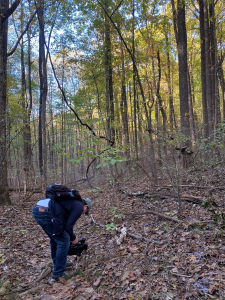
Moss occupies the surface of woody debris across the forest floor.
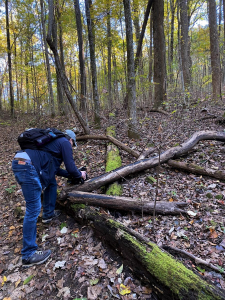
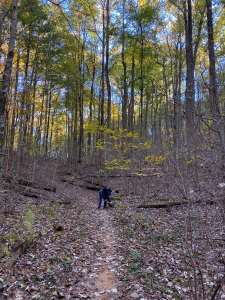
Other Features of Interest
Grape vine foliage gathers light high in the forest canopy, having grown the 100+ feet in height as the tree developed vertically, year by year. The tree and vine are the same age.
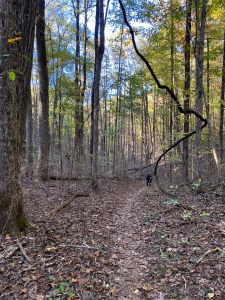
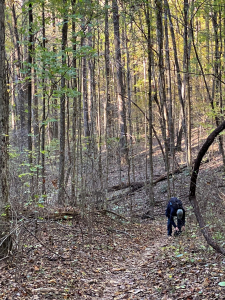
I completed my doctoral field research in southwest New York and northwest Pennsylvania in 1986, evaluating soil-site factors in second growth Allegheny hardwood forests. Four decades ago the literature acknowledged that total tree height in even-aged stands expressed site quality better by far than any other factor such as diameter, stocking, merchantable height, or basal area. Recent literature collaborates the wisdom upon which I designed my research and the findings I published:
Tree height is relatively independent of tree density for most forest tree species. Simply put, trees grow taller on good sites, and they grow shorter on poor sites. Therefore, tree height is a more reliable measure of the site’s inherent productivity than most other measures. Forest Measurements: An Applied Approach (2016, Joan DeYoung)
Over the three-and-one-half decades since, tall trees strike a chord with me. The yellow poplar and associated species along the Wells and Sinks trails are among the tallest hardwoods I have encountered anywhere in my travels. I measured one poplar in this stand last summer at 174 feet. My measurement, while the best I could do with my instrument from the ground, is by no means official. Nevertheless, how does it compare to official, verified heights of trees in the eastern US? National Parks Traveler (October 24, 2012, Jim Burnett) reported on the two tallest estern tree individuals, both in Great Smoky Mountains National Park: white pine at 188.9′ and yellow poplar at 191.9′. The Great Smoky Mountains poplar is the tallest broadleaf tree in all of temperate North America, surpassing a documented black cottonwood (Populus trichocarpa) in Olympic National Park.
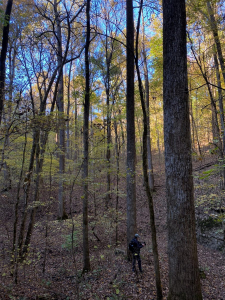
Already in late afternoon shadow, Bill is capturing some handheld footage as we depart for the trailhead.
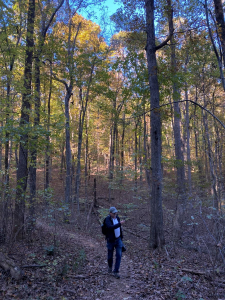
My heart soars when I wander through these hardwood coves. My spirit correlates directly with site quality. I have long been a champion of excellence, whether in athletics, business, or ecological performance. The towering poplars have competed effectively for rich, yet still finite moisture, nutrients, and sunlight. I hike the Wells and Sinks trails in awe of these cove hardwoods and the intense competition and evolutionary prowess that produce what I consider a magnificent southern Appalachian cathedral forest. I feel un unapologetic sacred connection to this very special place. Bill and I will do all we can to capture the beauty, magic, wonder, and awe that characterize the spirituality permeating this wonderful living memorial to a young man who gave his last full measure in service to our Great Nation.
Alabama State Parks Foundation
Thoughts and Reflections
I offer these observations:
- Every tree and every parcel of land has a story to tell.
- Oftentimes, the intersection of human and natural history brings the power of passion to the tale.
- This land came to us out of eternity — when the youngest of us associated with it dies, it will still be here, preserved forevermore in tribute to William Arthur Wells.
Inhale and absorb Nature’s elixir. May Nature Inspire, Inform, and Reward you!
Note: All blog post images created & photographed by Stephen B. Jones unless otherwise noted. Please circulate images with photo credit: “©2022 Steve Jones, Great Blue Heron LLC. All Rights Reserved.”
Another Note: If you came to this post via a Facebook posting or by an another route, please sign up now (no cost… no obligation) to receive my Blog Post email alerts: http://eepurl.com/cKLJdL
And a Third: I am available for Nature-Inspired Speaking, Writing, and Consulting — contact me at steve.jones.0524@gmail.com
Reminder of my Personal and Professional Purpose, Passion, and Cause
If only more of us viewed our precious environment through the filters I employ. If only my mission and vision could be multiplied untold orders of magnitude:
Mission: Employ writing and speaking to educate, inspire, and enable readers and listeners to understand, appreciate, and enjoy Nature… and accept and practice Earth Stewardship.
Vision:
- People of all ages will pay greater attention to and engage more regularly with Nature… and will accept and practice informed and responsible Earth Stewardship.
- They will see their relationship to our natural world with new eyes… and will understand more clearly their Earth home.
Tagline/Motto: Steve (Great Blue Heron) encourages and seeks a better tomorrow through Nature-Inspired Living!
Steve’s Three Books
I wrote my books Nature Based Leadership (2016), Nature-Inspired Learning and Leading (2017), and Weaned Seals and Snowy Summits: Stories of Passion for Place and Everyday Nature (2019; co-authored with Dr. Jennifer Wilhoit) to encourage all citizens to recognize and appreciate that every lesson for living, learning, serving, and leading is either written indelibly in or is powerfully inspired by Nature.
I began writing books and Posts for several reasons:
- I love hiking and exploring in Nature
- I see images I want to (and do) capture with my trusty iPhone camera
- I enjoy explaining those images — an educator at heart
- I don’t play golf!
- I actually do love writing — it’s the hobby I never needed when my career consumed me
- Judy suggested my writing is in large measure my legacy to our two kids, our five grand kids, and all the unborn generations beyond
- And finally, perhaps my books and Blogs could reach beyond family and touch a few other lives… sow some seeds for the future


All three of my books (Nature Based Leadership; Nature-Inspired Learning and Leading; Weaned Seals and Snowy Summits) present compilations of personal experiences expressing my (and co-author Dr. Wilhoit for Weaned Seals and Snowy Summits) deep passion for Nature. All three books offer observations and reflections on my relationship to the natural world… and the broader implications for society. Order any and all from your local indie bookstore, or find them on IndieBound or other online sources such as Amazon and LifeRich.


